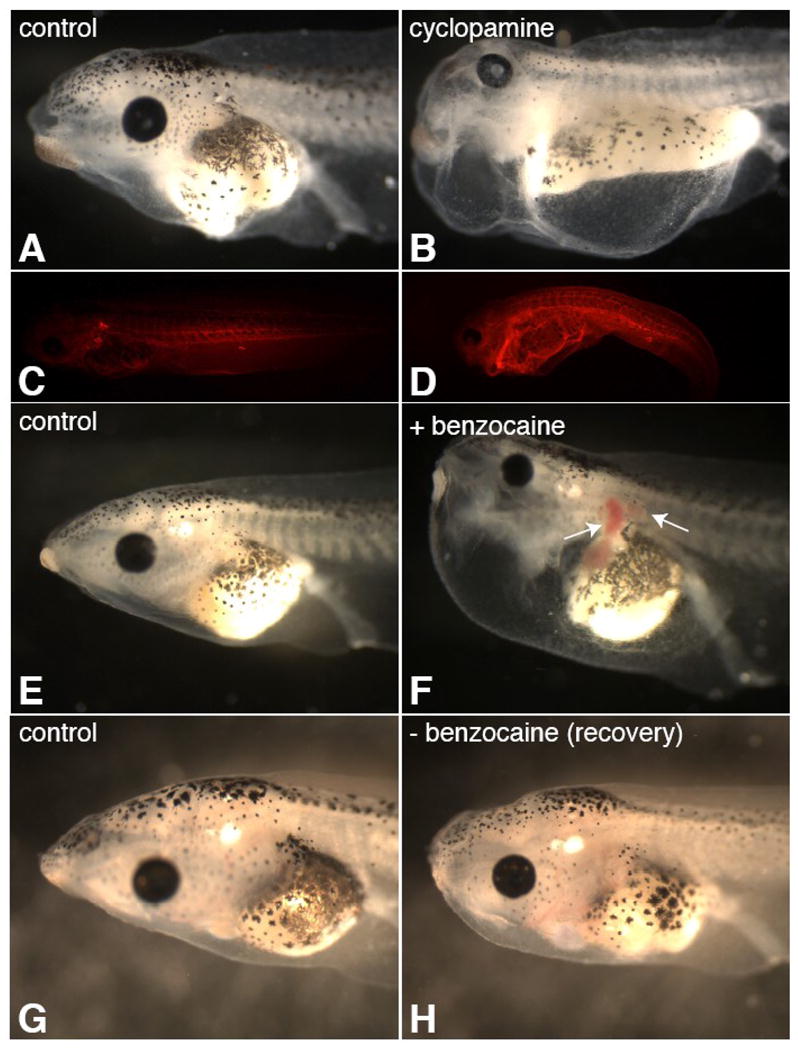Figure 5. Lymph heart paralysis results in reversible edema.

Cylopamine treatment from stage 8 results in loss of lymph heart beating and severe edema at stage 42 (B; 100%, N=79). Florescent dye injected subcutaneously into the fin of cyclopamine-treated tadpoles (stage 42) fills the body cavity and fails to clear the body in an hour (D), unlike in controls (C). Tadpoles with visibly beating lymph hearts (st.42+) were placed in a dilute benzocaine solution (0.005–0.01%), which resulted in lymph heart paralysis while leaving the cardiac heartbeat unaffected. After 24 hours of lymph heart paralysis, tadpoles developed severe edema with blood pooling in the kidney, lymph heart, and gills (F, arrows; 100%, N=60), while control tadpoles did not (E). Removal of these embryos from benzocaine restored lymph heart function and tadpoles were mostly recovered in 4 days (H; 58%, N=57, compare to G, control).
